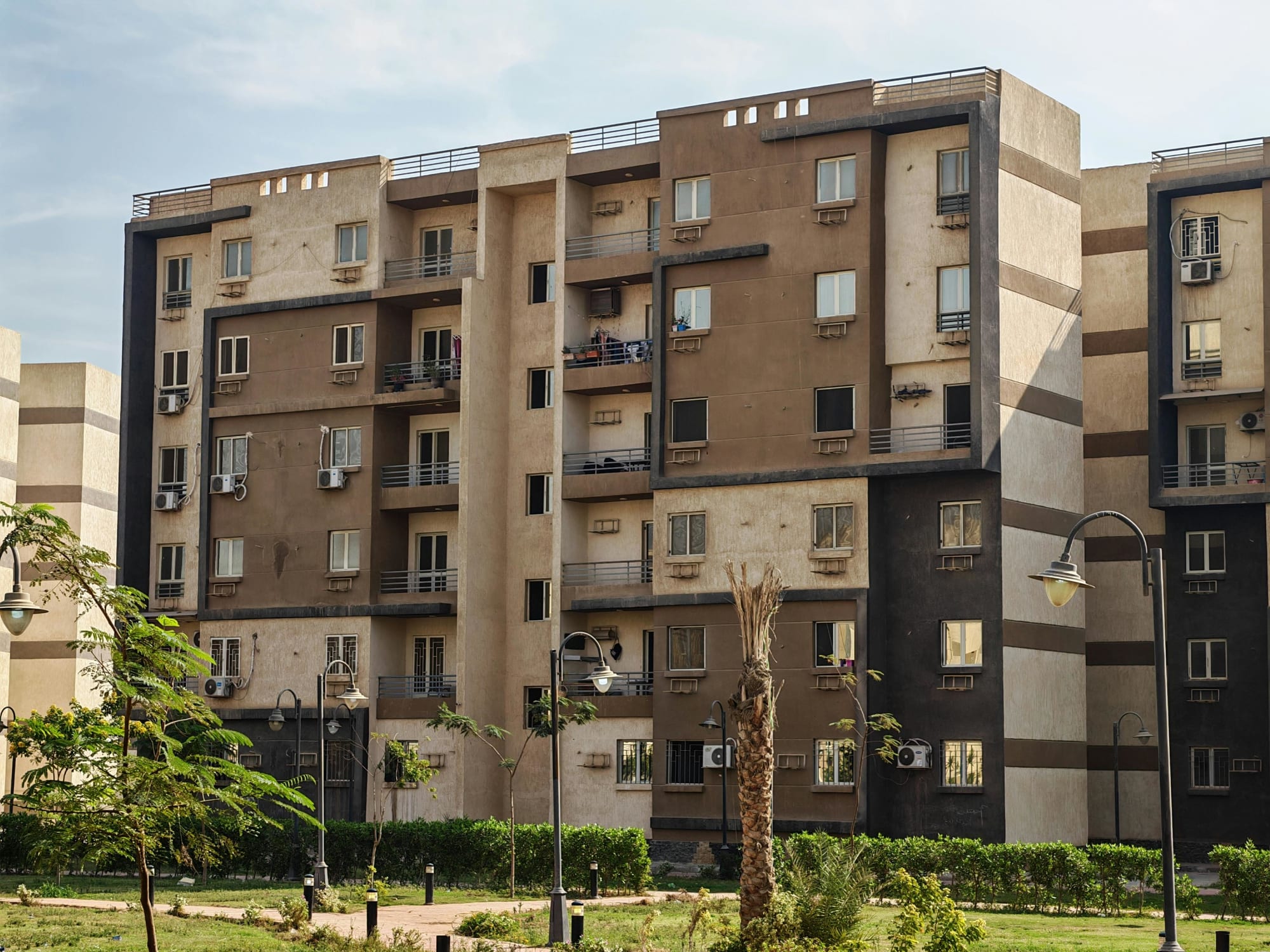Invest
Where are the investment opportunities in listed infrastructure?
Demand for better infrastructure is growing, providing a new opportunity for investors who are searching for attractive dividend yields.
Where are the investment opportunities in listed infrastructure?
Demand for better infrastructure is growing, providing a new opportunity for investors who are searching for attractive dividend yields.

A lack of public investment in infrastructure has been a feature of both developed and emerging economies over the past 30 years.
But the combination of a historical underspend, an emerging middle class that will continue to demand more and better infrastructure, and governments with fragile fiscal positions has set the scene for significant private investment in infrastructure in the future.
Underinvestment by the public sector
Infrastructure Australia (IA) has indicated that without a total increase in both public and private funding of infrastructure, and market reforms to strengthen the transport and water sectors, Australia will not have the infrastructure that a growing population and our globally focused economy deserve.

There are similar experiences overseas. As an example, the B20 (the business arm of the G20) recently found that worldwide infrastructure projects account for approximately US$9 trillion of spending annually.
However, it is estimated that by 2030, around US$60 trillion to US$70 trillion worth of additional infrastructure capacity will be needed globally.
Under current conditions, only approximately US$45 trillion is likely to be realised, leaving a gap of around US$15 trillion to US$20 trillion.
The new middle class
A key driver of infrastructure spending is within emerging markets, which are in the midst of one of the most powerful and enduring themes the global economy will experience over the next 50 years – the emergence of a substantial middle class.
For example, in 2000, Asia (excluding Japan) accounted for just 10 per cent of global middle-class spending. By 2030, this could reach as high as 40 per cent and move beyond 60 per cent over the longer term.
This growing middle class will inevitably demand more and better infrastructure to service and support their improving living standards.
Potential government response is limited
Historically, infrastructure investment has been the domain of the public sector. However, in the current environment, the potential government response to the need for infrastructure investment is limited due to the fragile fiscal positions of many governments.
This is particularly evident in those countries that were hit hard by the global financial crisis.
Even in countries that have managed to make a solid recovery – such as Spain and Portugal, which are again delivering GDP growth – there is a residual GFC ‘hangover’.
While both Spain and Portugal have seen their budget deficits contract, their public debt as a proportion of GDP has continued to rise.
These two countries are not alone. Many others are also experiencing recovering GDP growth, persistent fiscal deficits, and high or expanding public debt/GDP ratios. Canada, for example, has a public debt/GDP of 95 per cent, the US 75 per cent, France 96 per cent, Japan 232 per cent and Italy 132 per cent.
The implications for potential infrastructure spend by governments are clear – fragile fiscal and balance sheet positions will constrain public sector infrastructure investment over the medium term.
Private sector funding is part of the solution
The combination of a critical underspend on infrastructure, an emerging middle class and governments with fragile fiscal positions sets the scene for significant private investment in infrastructure.
We believe the case for much-needed global infrastructure investment being increasingly funded via the public equity markets around the world is compelling since the fundamental characteristics that infrastructure assets offer are ideal for public market participation. These include:
• long-dated, resilient and visible cash flows;
• regulated or contracted earnings streams;
• monopolistic market position, or one with high barriers to entry;
• attractive potential yield;
• inflation hedge within the business;
• low maintenance capital spend;
• largely fixed operating cost base; and
• low volatility of earnings.
These characteristics deliver companies with clear growth profiles, predictable, resilient and transparent earnings, and attractive dividend yields.
Indeed, historically the performance of global listed infrastructure (GLI) has been strong, even during the tough market periods – when the broader market was flat or down.
In addition, returns have been accompanied by lower volatility compared with the broader equity market, while the quality of earnings from GLI stocks generally leads to higher dividend yields.
Asset privatisations: part of the transition mechanism
An important part of the infrastructure regeneration process is the privatisation of public assets.
It is one of the options that cash-strapped governments will turn to in order to raise revenue, and is part of the public/private ownership transition mechanism that will lead to growth in listed infrastructure over the coming decades.
The NSW electricity asset privatisation program is just one example. The NSW state government plans to lease, for 99 years, 100 per cent of Transgrid, and 50.4 per cent of Ausgrid and Endeavour, with the aim of raising $20 billion from the privatisations to spend on road, rail and other infrastructure projects.
While the major purchasers of these assets will likely be superannuation and unlisted infrastructure funds, some of the equity will find its way to the public market, either at the time of purchase or over the longer term.
So far, in NSW the lease of TransGrid has been announced with a value of $10.3 billion.
The winning NSW Electricity Networks consortium included the ASX-listed Spark Infrastructure (SKI), which will hold 15 per cent of the equity (for an investment of $734 million), and is partially funding this holding via a $405 million equity entitlement offer to existing shareholders.
The NSW experience illustrates how privatisations can lead to an expanded role for private sector finance, including the listed equity markets, in the infrastructure funding mix.
It also shows how governments, faced with fiscal pressures but recognising the need for infrastructure capex, are willing to adopt forward-thinking policies as a means of delivering on those objectives.
The global listed infrastructure market will play an increasing role in meeting a worldwide need for increased infrastructure investment and renewal over the coming decades.
Greg Goodsell, global equity strategist at 4 Dimensions Infrastructure

Property
Australia’s mortgage knife‑fight: investors, first‑home buyers and the new rules of lender competition
The mortgage market is staying hot even as rate relief remains elusive, with investors and first‑home buyers chasing scarce stock and lenders fighting for share on price, speed and digital experienceRead more

Property
Breaking Australia’s three‑property ceiling: the finance‑first playbook for scalable portfolios
Most Australian investors don’t stall at three properties because they run out of ambition — they run out of borrowing capacity. The ceiling is a finance constraint disguised as an asset problem. The ...Read more

Property
Gen Z's secret weapon: Why their homebuying spree could flip Australia's housing market
A surprising share of younger Australians are preparing to buy despite affordability headwinds. One in three Gen Z Australians intend to purchase within a few years and 32 per cent say escaping rent ...Read more

Property
Tasmania’s pet-positive pivot: What landlords, BTR operators and insurers need to do now
Tasmania will soon require landlords to allow pets unless they can prove a valid reason to refuse. This is more than a tenancy tweak; it is a structural signal that the balance of power in rental ...Read more

Property
NSW underquoting crackdown: the compliance reset creating both cost and competitive edge
NSW is moving to sharply increase penalties for misleading price guides, including fines linked to agent commissions and maximum penalties up to $110,000. Behind the headlines sits a more ...Read more

Property
ANZ’s mortgage growth, profit slump: why volume without margin won’t pay the dividends
ANZ lifted home-lending volumes, yet profits fell under the weight of regulatory and restructuring costs—an object lesson in the futility of growth that doesn’t convert to margin and productivityRead more

Property
Rate pause, busy summer: where smart capital wins in Australia’s property market
With the Reserve Bank holding rates steady, the summer selling season arrives with rare predictability. Liquidity will lift, serviceability stops getting worse, and sentiment stabilises. The ...Read more

Property
The 2026 Suburb Thesis: A case study in turning trend lists into investable strategy
A new crop of ‘suburbs to watch’ is hitting headlines, but translating shortlist hype into bottom-line results requires more than a map and a mood. This case study shows how a disciplined, data-led ...Read more

Property
Australia’s mortgage knife‑fight: investors, first‑home buyers and the new rules of lender competition
The mortgage market is staying hot even as rate relief remains elusive, with investors and first‑home buyers chasing scarce stock and lenders fighting for share on price, speed and digital experienceRead more

Property
Breaking Australia’s three‑property ceiling: the finance‑first playbook for scalable portfolios
Most Australian investors don’t stall at three properties because they run out of ambition — they run out of borrowing capacity. The ceiling is a finance constraint disguised as an asset problem. The ...Read more

Property
Gen Z's secret weapon: Why their homebuying spree could flip Australia's housing market
A surprising share of younger Australians are preparing to buy despite affordability headwinds. One in three Gen Z Australians intend to purchase within a few years and 32 per cent say escaping rent ...Read more

Property
Tasmania’s pet-positive pivot: What landlords, BTR operators and insurers need to do now
Tasmania will soon require landlords to allow pets unless they can prove a valid reason to refuse. This is more than a tenancy tweak; it is a structural signal that the balance of power in rental ...Read more

Property
NSW underquoting crackdown: the compliance reset creating both cost and competitive edge
NSW is moving to sharply increase penalties for misleading price guides, including fines linked to agent commissions and maximum penalties up to $110,000. Behind the headlines sits a more ...Read more

Property
ANZ’s mortgage growth, profit slump: why volume without margin won’t pay the dividends
ANZ lifted home-lending volumes, yet profits fell under the weight of regulatory and restructuring costs—an object lesson in the futility of growth that doesn’t convert to margin and productivityRead more

Property
Rate pause, busy summer: where smart capital wins in Australia’s property market
With the Reserve Bank holding rates steady, the summer selling season arrives with rare predictability. Liquidity will lift, serviceability stops getting worse, and sentiment stabilises. The ...Read more

Property
The 2026 Suburb Thesis: A case study in turning trend lists into investable strategy
A new crop of ‘suburbs to watch’ is hitting headlines, but translating shortlist hype into bottom-line results requires more than a map and a mood. This case study shows how a disciplined, data-led ...Read more








